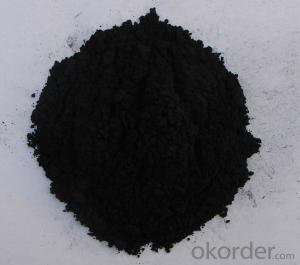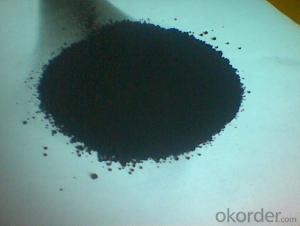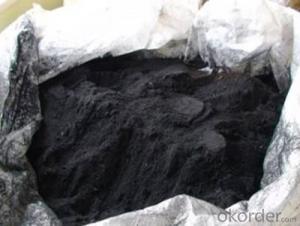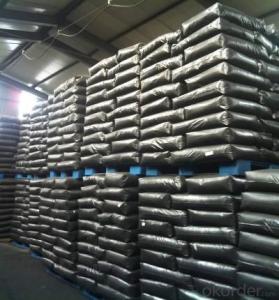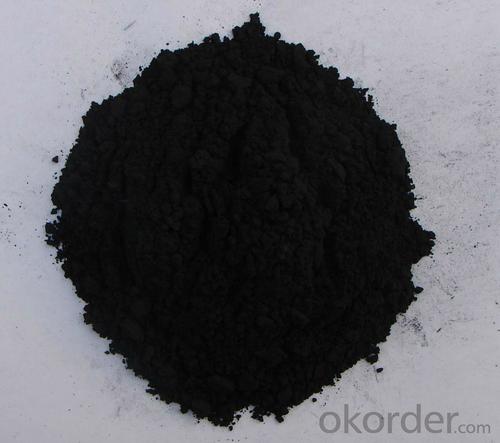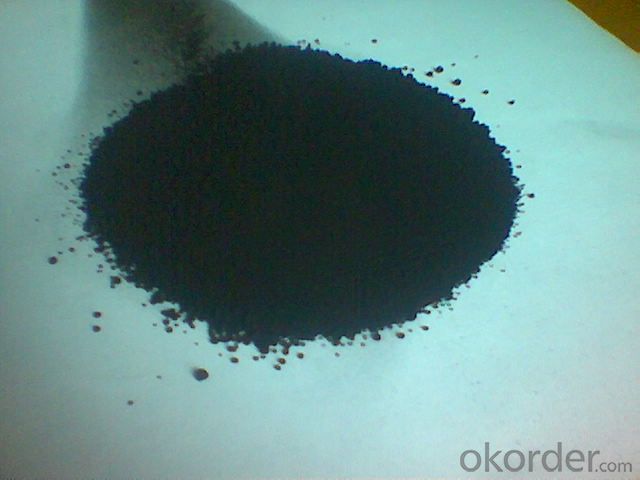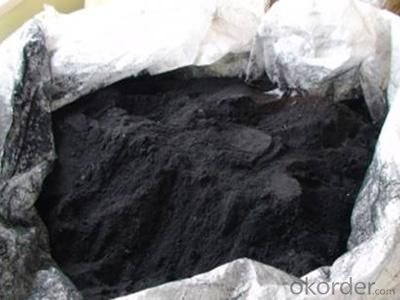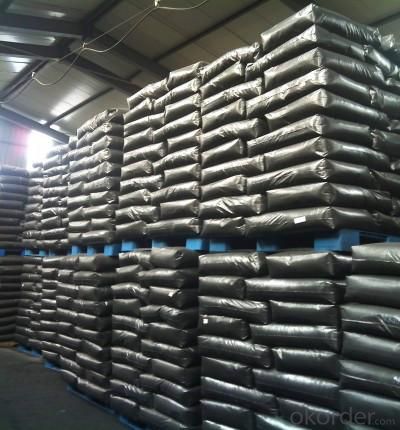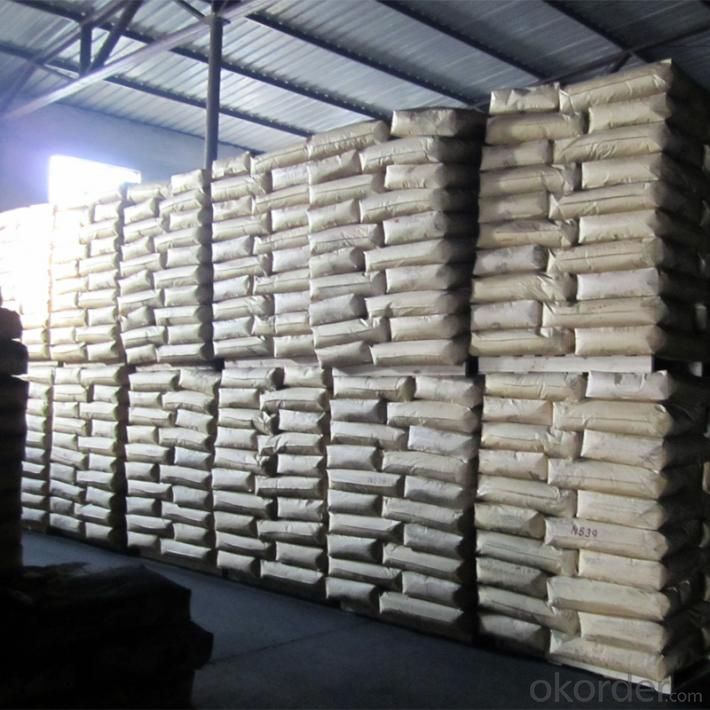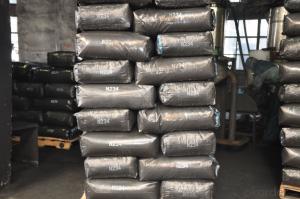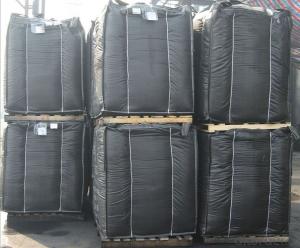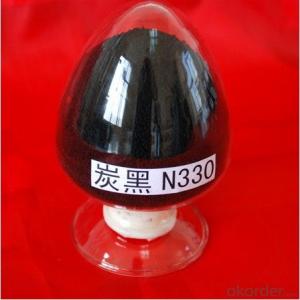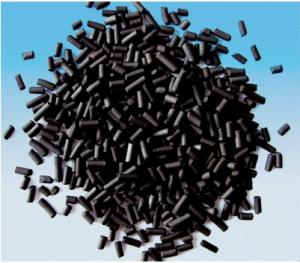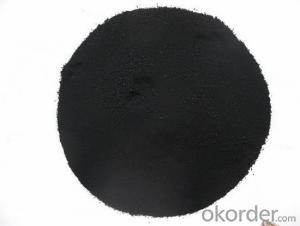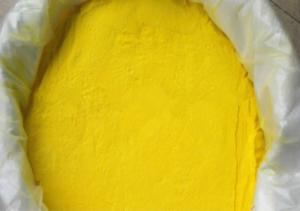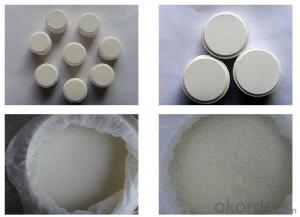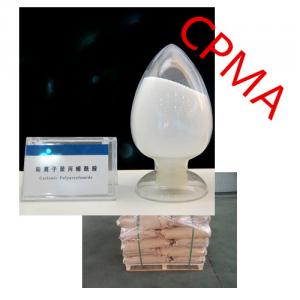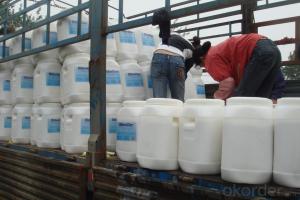Carbon black (powder /granular)
- Loading Port:
- Qingdao
- Payment Terms:
- TT OR LC
- Min Order Qty:
- -
- Supply Capability:
- 20000 m.t./month
OKorder Service Pledge
OKorder Financial Service
You Might Also Like
Specifications
Carbon black N330 N220 N550 N660
1:black powder or granular
2.rubber industry
3.tyres cable tape
4:high quality
Carbon Black N220/N330/N550/N660
Character:
1. Cas no:1333-86-4
2. Standard: GB 3778-2003
3. Form: black granule or powder
4. Process: wet or dry process
Specification:
Items | N220 | N330 | N550 | N660 |
Iodine Absorption Number g/kg | 121 +/-5 | 82 +/-5 | 43 +/-4 | 36 +/-4 |
DBP Absorption Number 10-5m3/Kg | 114 +/-5 | 102 +/-5 | 121 +/-5 | 90 +/-5 |
DBP Absorption Number of Compressed Sample 10-5m3/Kg | 93~107 | 81~95 | 81~95 | 68~82 |
CTAB Surface Area 103m2/Kg | 106~116 | 79~87 | 38~46 | 31~39 |
Nitrogen Surface Area 103m2/Kg | 114~124 | 78~88 | 38~46 | 30~40 |
Tint Strength | 110~120 | 98~108 | - | - |
Heating Loss | 3.0 | 2.5 | 2.5 | 1.5 |
Ash | 0.5 | 0.5 | 0.5 | 0.5 |
Tensile Strength Map ≥ | -0.8 | -1.5 | -3.5 | -3.5 |
Extension% ≥ | +10 | -10 | -10 | +10 |
Map Modulus at 300% | -2.5 +/-1.3 | -1.7 +/-1.3 | -1.7 +/-1.3 | -3.5 +/-1.3 |
Usage: maily applied to various rubber products such as tyres, rubber overshoes, cable, seal ring, tape etc. Moreover they can be applied to such relevant industries as plastic manufacture.
Storage: Put away from water and solarization
- Q: To write a 1500 words of small papers, so please help you busy
- Change the course of the reaction
- Q: Can manganese dioxide do any catalyst for chemical reactions?
- The catalyst is selective
- Q: about 1-3 sentences on this will do thank you
- A catalyst is a compound that participates in and increases the rate of a chemical reaction without being chemically altered itself. These reactions can be anything from inorganic reactions in fuel cells facilitated by metal catalysts, to the breakdown of glucose in cells by a series of biological catalysts. Biological catalysts operate in biological systems made up of organic molecules (and are made up of organic molecules themselves - mostly carbon)... thus it's logical to think of enzymes as organic catalysts.
- Q: How the catalyst accelerates the chemical reaction
- Reduced the activation energy required to reflect
- Q: The greater the chemical adsorption strength, the catalyst activity changes
- If the adsorbent is a reactant, then the better the adsorption capacity of the better catalytic effect; but the catalyst surface of the product will generally have adsorption, if this effect has become very strong, then desorption The process will become difficult, the catalytic effect will decline; the other one, if the adsorption of other substances, such as the reaction may produce a reaction or the catalyst will poison the material, it is greatly detrimental to the catalytic effect. The effect is to be controlled in a suitable optimum range for superior, and preferably to be selectively adsorbed.
- Q: What is the difference between a catalyst and an inducer in a chemical reaction?
- The catalyst does not participate in the reaction, but only the carrier of the reaction; the inducer will participate in the reaction
- Q: Please name 2 common examples of catalysts.Thank you?
- For the best answers, search on this site https://shorturl.im/axpfK Weird how such rare names can be so famous... Gary Hugh Dennis Rupert Ian Fred Lawrence Tony Noel Ray Neil Wayne Jeremy Bruce Russell Lisa Kirsty Harmony Erica Hazel Josephine Stella Pearl Evangeline Miriam Diana Fiona Penelope Margaret Delilah
- Q: how can you tell when a substance serves as a catalyst?
- It makes a reaction run faster and better AND it is not used up by the reaction
- Q: Now, i am studying for my biology exam in 3 weeks time...i stumbled upon catalase, and then checked my book its catalyst...now im confused...is there a different among these 2 terms? i think..catalyst is the when a substance brings up or about a chemical reaction without using itself up and then catalase breaks down the toxic by-product of metabolism, hydrogen peroxide, into water and oxygen.Or am i wrong?please explain what is catalyst and catalase in biology or are they the same, just differently?
- A catalyst is a chemical which speeds up a reaction but without being used up in the reaction, so can be used over again. Catalase is an example of an enzyme which are biological catalysts ie speed up reactions in cells. Enzymes are specific and the enzyme catalase breaks down hydrogen peroxide to water and oxygen. A catalyst which also breaks down hydrogen peroxide is manganese dioxide.
- Q: how do catalysts help in green chemistry?
- Catalysts allow more efficient conversion of products in irreversible reactions, or they allow for the faster attainment of equilibrium in equilibrium reactions, thereby reducing time, raw material waste and emissions. Also, because catalysts are reusable, they can be recycled.
Send your message to us
Carbon black (powder /granular)
- Loading Port:
- Qingdao
- Payment Terms:
- TT OR LC
- Min Order Qty:
- -
- Supply Capability:
- 20000 m.t./month
OKorder Service Pledge
OKorder Financial Service
Similar products
Hot products
Hot Searches
Related keywords
